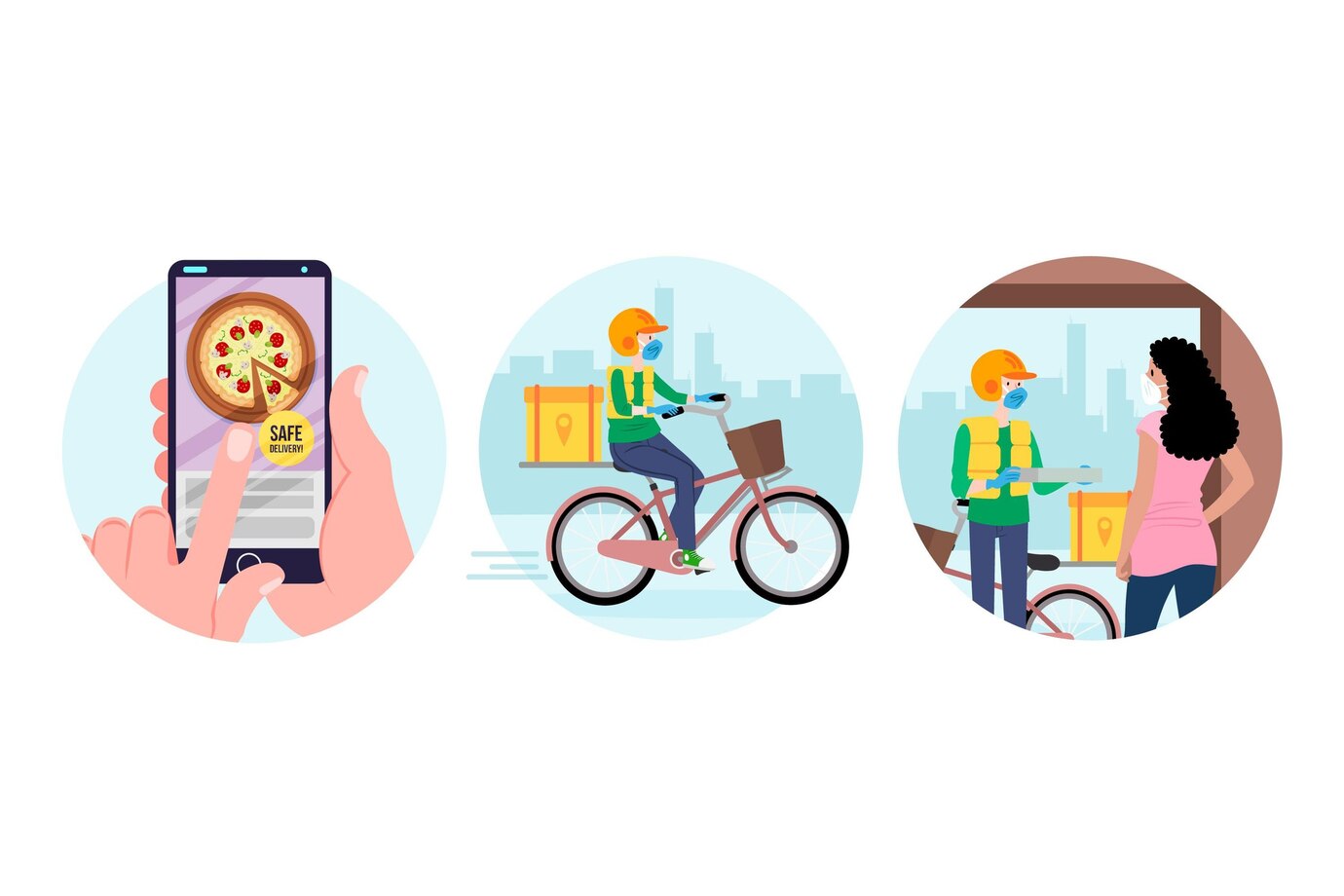In the current digital age, on-demand delivery applications are becoming essential for customer convenience. Zomato is a well-known meal delivery software that is highly regarded for its smooth delivery experience, extensive feature set, and easy-to-use UI. If you’re thinking about Developing a Delivery App similar to Zomato, this article will walk you through the necessary actions, important functions, and best practices to guarantee the success of your service.
Understanding the Market
The marketplace must be understood before development can begin. To determine your target audience, their tastes, and the competition, do in-depth market research. Examine the factors that contribute to the success of applications like Zomato and identify niches in which your product might excel.
Key Features of a Delivery App Like Zomato
To build a successful delivery app, you need to incorporate features that cater to both customers and service providers. Here are the essential features:
- User Registration and Profiles
- Easy Sign-Up: Offer multiple sign-up options, such as email, phone number, and social media.
- User Profiles: Allow users to create and manage their profiles, including personal information, addresses, and payment methods.
- Search and Discover
- Advanced Search: Enable users to search for restaurants, cuisines, and dishes.
- Filters and Sorting: Provide filters for ratings, distance, price, and dietary preferences.
- Order Placement
- Menu and Customization: Display comprehensive menus with customization options for dishes.
- Add to Cart: Allow users to add multiple items to their cart and review their order before checkout.
- Real-Time Tracking
- Order Status: Show real-time updates on order status, from preparation to delivery.
- GPS Tracking: Enable users to track the delivery person’s location on a map.
- Payment Integration
- Multiple Payment Options: Support various payment methods, including credit/debit cards, digital wallets, and cash on delivery.
- Secure Transactions: Ensure secure and encrypted payment processing.
- Ratings and Reviews
- Feedback System: Allow users to rate and review restaurants and delivery experiences.
- Review Moderation: Implement a system to manage and respond to reviews.
- Push Notifications
- Order Updates: Send real-time notifications for order confirmation, preparation, dispatch, and delivery.
- Promotions: Inform users about special offers, discounts, and new restaurants.
- Customer Support
- Help Center: Provide an in-app help center with FAQs and support articles.
- Live Chat: Offer live chat support for immediate assistance.
Steps to Develop Your Delivery App
- Planning and Research
- Define Objectives: Clearly outline your app’s goals, target audience, and key features.
- Market Analysis: Study competitors and identify gaps in the market that your app can fill.
- Design and Prototyping
- Wireframing: Create wireframes to map out the app’s user interface and user experience.
- UI/UX Design: Design an intuitive and visually appealing interface. Focus on ease of navigation and user engagement.
- Development
- Technology Stack: Choose the right technology stack for your app. Popular choices include React Native for cross-platform development, and Node.js for the backend.
- Backend Development: Develop a robust backend to handle user data, order management, and payment processing.
- Frontend Development: Build the app’s frontend to ensure a seamless user experience on both iOS and Android platforms.
- Integration
- APIs: Integrate necessary APIs for functionalities like GPS tracking, payment processing, and push notifications.
- Third-Party Services: Utilize third-party services for additional features, such as restaurant information and reviews.
- Testing
- Alpha and Beta Testing: Conduct thorough testing in alpha and beta phases to identify and fix bugs.
- User Testing: Collect feedback from real users to make improvements.
- Launch and Marketing
- App Store Optimization: Optimize your app’s listing on app stores to improve visibility.
- Marketing Strategy: Implement a marketing strategy to promote your app through social media, partnerships, and advertising.
- Post-Launch Support and Updates
- Monitoring: Continuously monitor app performance and user feedback.
- Updates: Regularly update your app to fix bugs, add new features, and improve performance.
Best Practices for Success
- Focus on User Experience: Prioritize a seamless and intuitive user experience to retain users and encourage positive reviews.
- Scalability: Ensure your app can handle increased traffic and additional features as your user base grows.
- Data Security: Implement robust security measures to protect user data and ensure compliance with regulations.
- Customer Engagement: Use data analytics to understand user behavior and preferences, and tailor your services accordingly.
Conclusion
A thorough planning process, a firm understanding of the market, and a commitment to providing outstanding user experiences are necessary for creating a delivery service like Zomato. You can make a delivery app that fulfills the needs of your target audience and stands out in a crowded market by implementing necessary features, adhering to best practices, and using an organized development approach.




One thought on “How to Develop a Delivery App Like Zomato?”